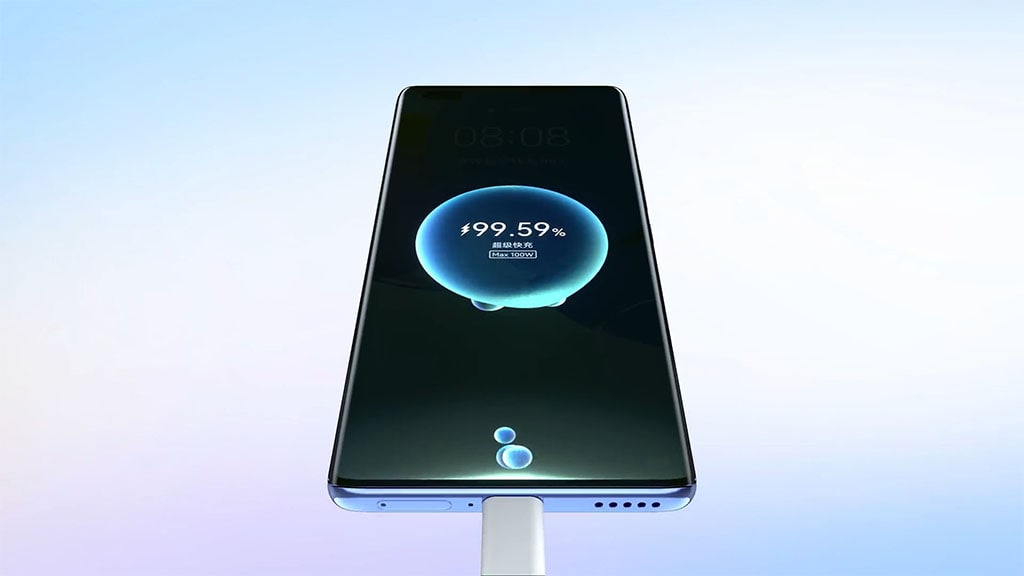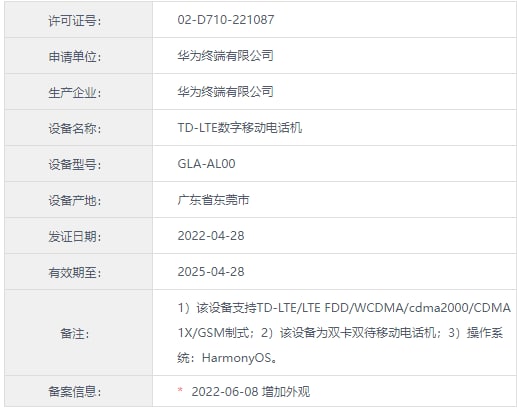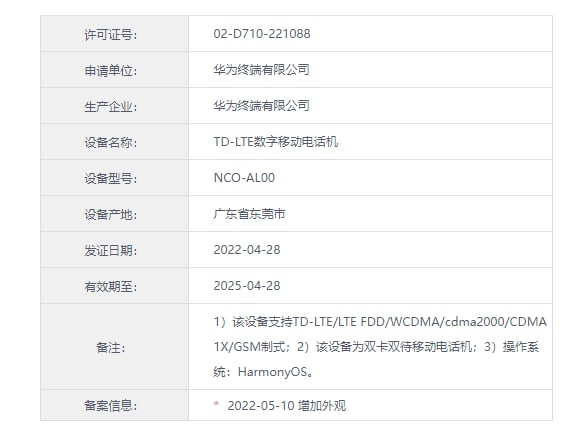Phones
Huawei Nova 10 Pro with 100W super fast charger certified

Huawei has recently certified two new models via Chinese 3C compulsory certification including the models – NCO-Al00 and the GLA-AL00. These two models are expected to be Huawei Nova 10 and Nova 10 Pro respectively and one of these brought in a 100W charger.
According to the official listing, Huawei Nova 10 packs with a 66W super-fast charger, while the Huawei Nova 10 Pro equips with a 100W charger that boasts a faster-charging speed. Notably, the same charger has been used in Huawei Nova 9 Pro, launched last year.
Both of these models are powered by HarmonyOS operating system. Other than this, both of these phones have 4G LTE connectivity.


Official announcement:
Huawei has already confirmed the existence of the Huawei Nova 10 series by releasing an official poster that suggests the importance and the upcoming of this impressive smartphone.

Previous information:
Previous reports, Huawei Nova 10 series is powered by mid-range Qualcomm chipsets including Snapdragon 778G. It is also possible that Huawei opts to choose other series chipsets from the chipmaker. Currently, there’s no information available regarding the chipsets of these new Nova devices.
Unveiled last year, Huawei Nova 9 Pro boasts an immersive viewing experience with its 6.72-inch screen featuring a whopping 120Hz refresh rate for a fast and easy-to-use interactive touch experience.
The phone equips Snapdragon 778G chipset with octa-core architecture – Octa-core, 4 x Cortex-A78 at 2.42 GHz + 4 x Cortex-A55 at 1.8 GHz, and there’s an Adreno 642L GPU for immense graphics performance.
The Huawei Nova 9 Pro has a quad-camera system consisting of a 50MP HD camera (f/1.9 aperture), and an 8-megapixel ultra-wide-angle camera (f/2.2 aperture), 2MP depth-of-field camera (f/2.4 aperture) and a 2-megapixel macro camera (f/2.4 aperture). There are two front-facing cameras placed on the pill shape punch hole of the phone including a 32-megapixel ultra-wide-angle camera (f/2.4 aperture) and a 32-megapixel portrait camera (f/2.0 aperture).
You’ll get a long-lasting battery backup from the 4000mAh battery pack that you can recharge with a faster-than-ever 100W charger.
(Via – ithome)






